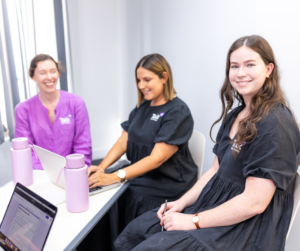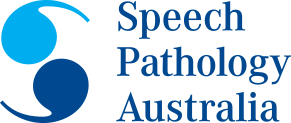Leading a team is both a privilege and a challenge, especially in the fast-paced world of allied health. As a speech pathology business owner, you’re not just managing tasks; you’re shaping the culture and success of your private practice. One of the most significant challenges you might face is how to build a high-achieving team that feels supported, motivated, and aligned with your vision. In this blog, we’ll explore key leadership strategies to help you create a supportive and high-performing team that not only meets but exceeds expectations.
Leadership Strategies for Success
Building a strong team starts with effective leadership. Here are some key strategies to help you build a high-achieving team:
Set Clear Expectations
One of the foundations of effective leadership is setting clear expectations from the get-go. Your team members need to know what success looks like in their roles. This includes defining specific, measurable goals and outlining the behaviours and standards you expect. For example, clearly state in a document that it is an expectation the treatment notes will be completed within 24 hours of the client’s appointment. This allows team members to be aware of the standard you expect in your speech pathology business. Secondly, provide documented examples of reports and the time frame in which you expect reports to be written after an assessment. Clear expectations reduce ambiguity, help your team stay focused, and foster accountability.
Foster Open Communication
Open communication is crucial for a high-performing team. Encourage your team members to share their ideas, concerns, and feedback. This can be achieved through regular team meetings, one-on-one check-ins, and an open-door policy. When team members feel heard and valued, they are more likely to contribute positively and stay engaged. It is also important to explain that open communication goes both ways. As a leader, when giving feedback start the conversation with your intention. This models the open communication you expect from their interactions with you. Open communication is a key element in your efforts to build a high-achieving team.
Invest in Professional Development
High-achieving team members are often driven by growth and development opportunities. Show your commitment to their success by investing in their professional development. This goes beyond the typical professional development (PD) package that most speech pathology businesses offer their team members. This could include offering internal training programs, such as leadership development, or specific training courses in clinical supervision. When your team members see that you offer this type of career progression, they are more likely to stay engaged in your business. This investment is essential when you want to improve retention of a high-achieving team.
Recognise and Reward Excellence
Recognition goes a long way in motivating your team. Celebrate your team members’ achievements, whether it’s hitting a key performance indicator (KPI), going above and beyond for a client, or contributing a great idea. Recognition can be as simple as a shout-out in a team meeting or as significant as performance bonuses or professional development opportunities. When excellence is acknowledged, it breeds more excellence.
Lead by Example:
Your leadership style sets the tone for your team. Demonstrate the qualities you want to see in your team members—whether it’s dedication, integrity, or a strong work ethic. While there are many quizzes on the internet to determine your default leadership style, the best leaders are responsive and adaptive to the context. The best part about responsive and adaptive leadership is that it can be learned. When you lead by example, you build trust and respect, creating a positive and productive work environment. This approach helps in building a high-achieving team that follows your lead.
Client Success Story: How Sarah Built a High-Achieving Team
Let’s take a moment to learn from Sarah, a speech pathology practice owner who faced challenges similar to yours. When Sarah first approached us, she was struggling with high turnover rates and a lack of cohesion within her team. She knew that to build a high-achieving team, something needed to change.
By implementing clear communication strategies and setting well-defined goals, Sarah started to turn things around. Sarah also began to actively reward her team’s achievements, no matter how small, through specific verbal praise and performance bonuses.
The biggest area of growth for Sarah was her self-awareness and personal growth. By learning more about her default leadership style and communication tendencies, Sarah implemented tactics that improved how she showed up as a leader. Within a few months, Sarah noticed a remarkable change. Her team became more engaged, motivated, and aligned with the business’s goals. Employee retention improved and the practice began to flourish. Sarah enjoyed coming to work in her own business again.
Conclusion
Building and leading a high-achieving team isn’t easy, but with the right strategies, it’s more than possible. By setting clear expectations, fostering open communication, investing in professional development, recognising excellence, and leading by example, you can create a supportive and high-performing team. Just like Sarah, you can turn your challenges into opportunities and lead your practice to new heights.
If you’re ready to take your leadership skills to the next level and build a high-achieving team, join our waitlist for our upcoming digital coaching program in January 2025 on leadership development and team building. Let’s lead like pros and watch our teams—and speech pathology businesses—thrive. Click here for more blogs like this one!
Written by:
Julie Sexton, MBA, B.Sp.Path.(Hons.), CPSP







